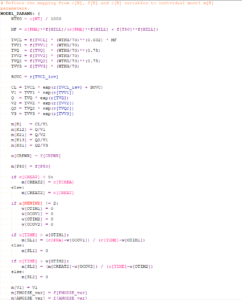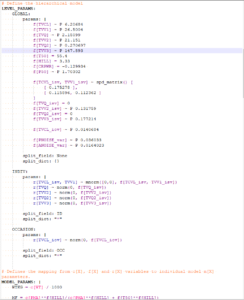Making the transition to a new modelling interface can be a steep learning curve. We have taken care to make this transition as easy as possible by building PoPy around a command-line interface that processes a structured input file with clear and well-documented parallels to those used by NONMEM, as well as providing conversion tools to support the transition from other packages.
Where possible, however, we have made changes that make modelling easier and more productive.
Easy to Install and Validate
PoPy comes as a single binary installer, making it incredibly easy to get up and running. To test your PoPy installation and make sure that differences in computer architecture don’t mean differences in the outcomes, we also include a validation tool that runs with a single line at the command prompt – perfect for avoiding the tedium of computer system validation that is required under many Standard Operating Procedures.
One click and one line, and you’re ready to go.
Variables Have Names and Types
Variables should have names, not numbers. PoPy’s syntax makes it clear what purpose each variable serves in the model, with descriptive names of your choice to avoid confusion. This also makes it easy to change the model later because variables can be moved or deleted without having to re-index vector elements.

Hierarchical Model Syntax
Many models, such as those with inter-occasion (within-subject) variability, are naturally described by a tree structure. In PoPy, we have made this explicit with a hierarchical model syntax, so that you don’t need to encode the various levels of the model with clumsy ‘if’ statements.
Built-In Distributions
Many other PKPD packages assume measurement errors are normally distributed, such that you need to write your own formulae for any other error distribution. PoPy, however, provides a suite of built-in probability distributions so that you can easily combine different error models for applications with continuous, categorical, counted and time-to-event observations.


